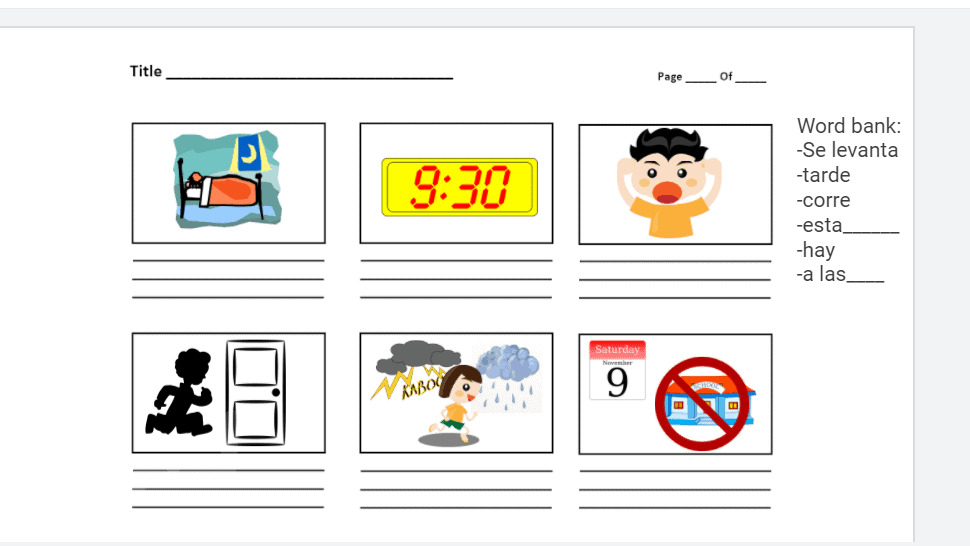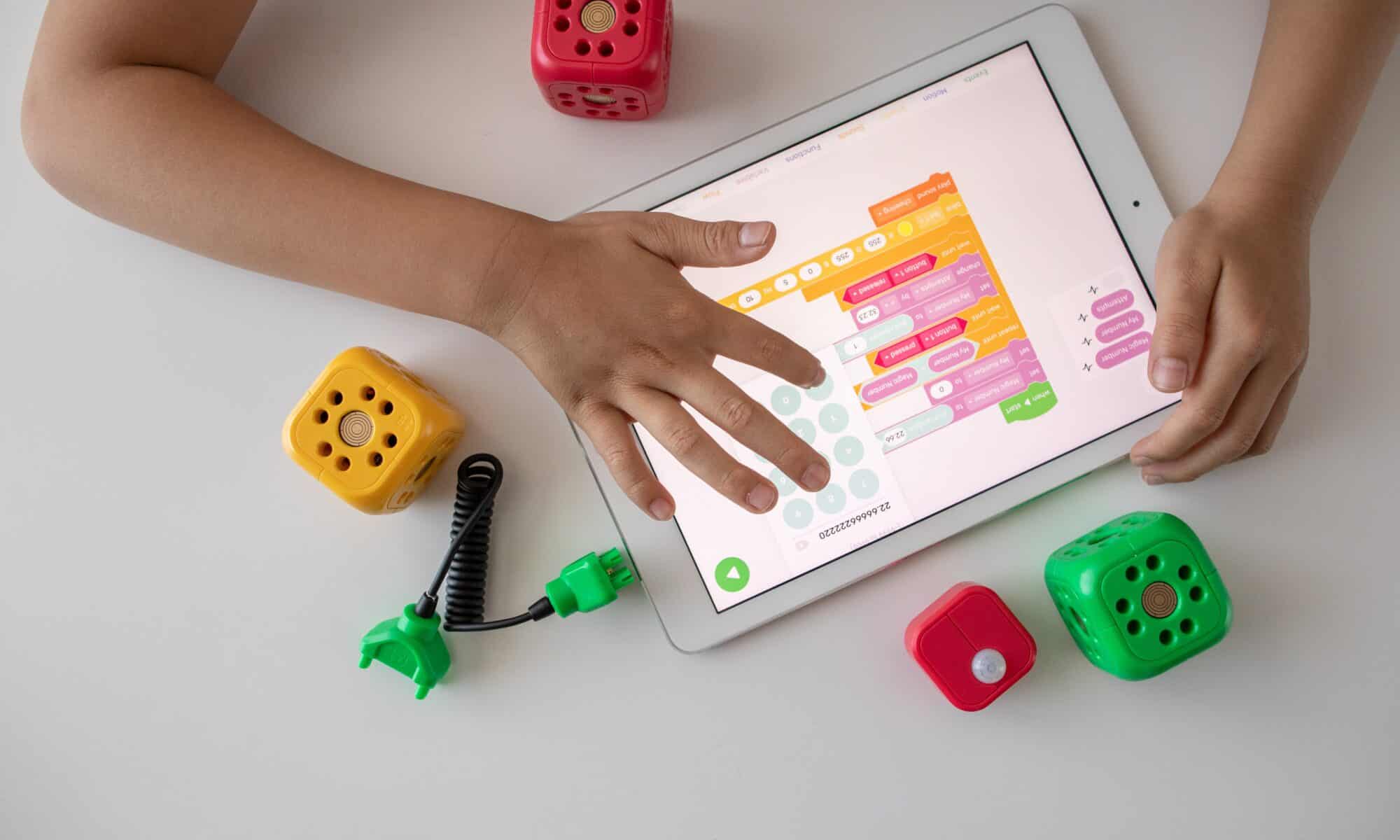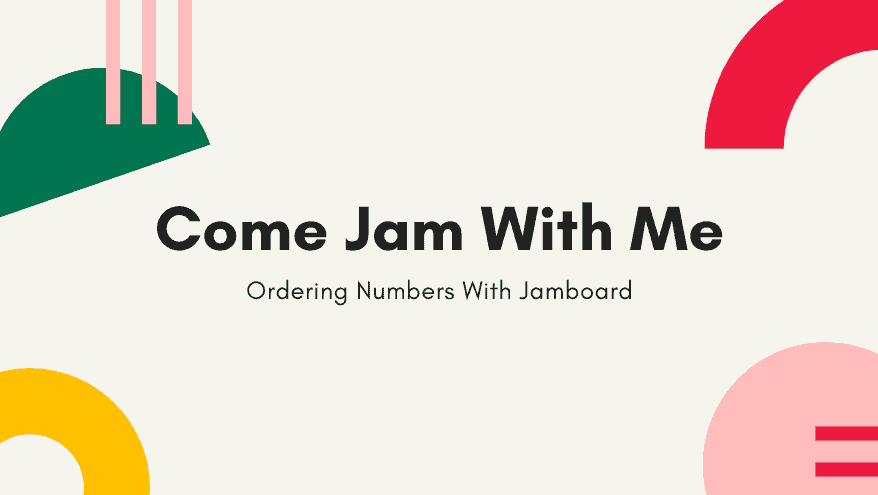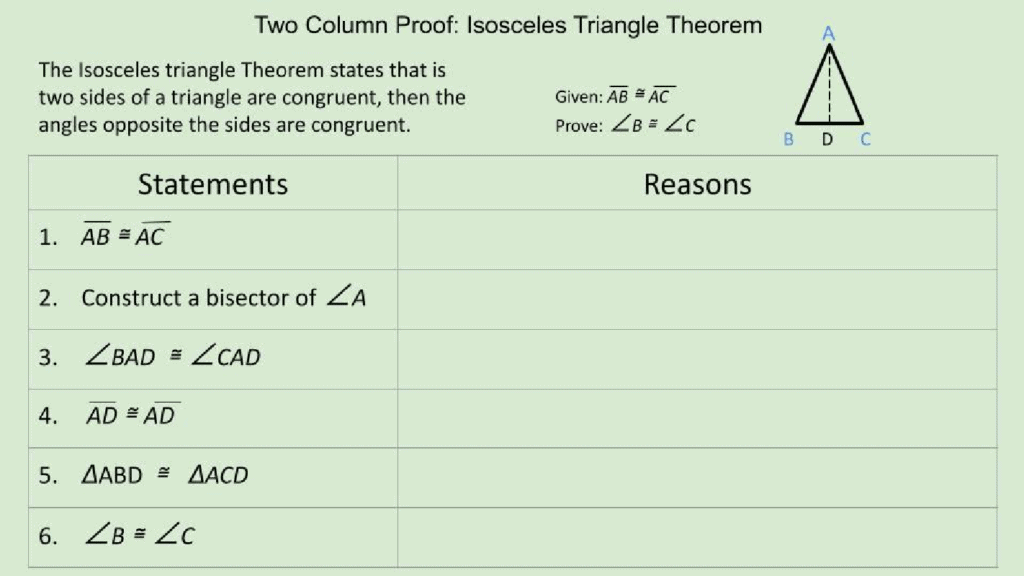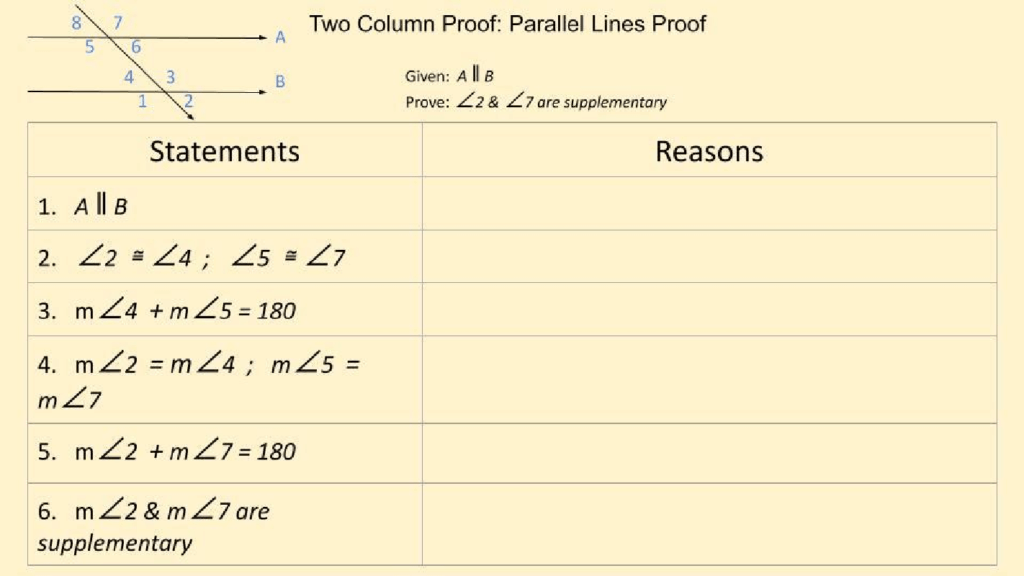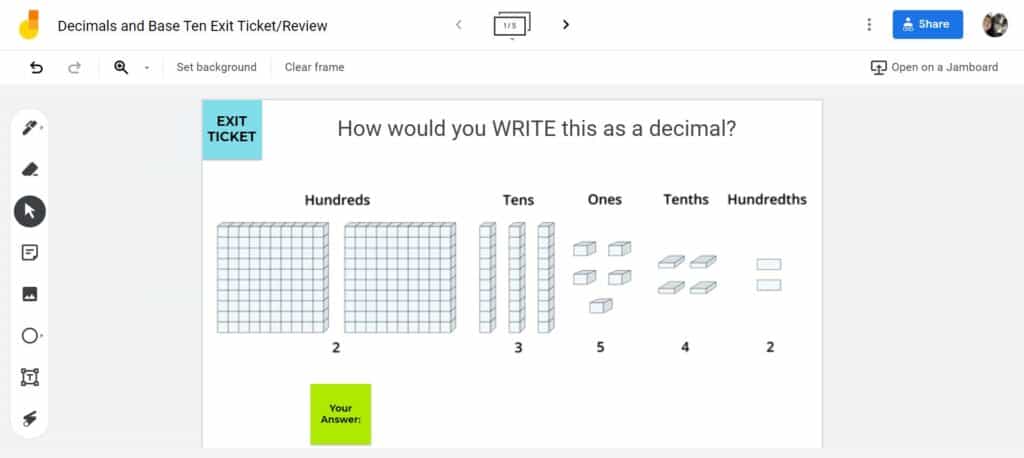Grade Level: 3rd Grade
Context of Activity: Diagram – Venn Diagram
Instructions for Students:
1.) Follow the link to our Jamboard.
2.) Find your group’s slide, it will match your breakout room number.
3.) Add your names to the slide.
4.) Read or Listen to the alternative Cinderella story
5.) Compare the alternative Cinderella story to Disney’s Cinderella using a Venn Diagram.
6.) Be prepared to share with the class!
Teacher Notes:
- Text must be provided to students. Depending on setting it may be physical copy, or there are youtube video read aloud for students to follow.
- Lesson may be altered for your group of students, any traditional fairy tales may be used.
- This activity may be better fit with an aid, teacher or other adult facilitating the small groups.
Goal :
The goal is, students will be able to use a Venn Diagram to compare and contrast two fairy tale stories. This Jamboard will help meet the goal by providing students a organized space to collaborate with their group on a Venn Diagram.
https://jamboard.google.com/d/1i8eqSr7-LfGp6h2vklZjQ2PVeXswL2XPy9KPTBfZ9QE/edit?usp=sharing
Featured Image: Photo by McGill Library on Unsplash







